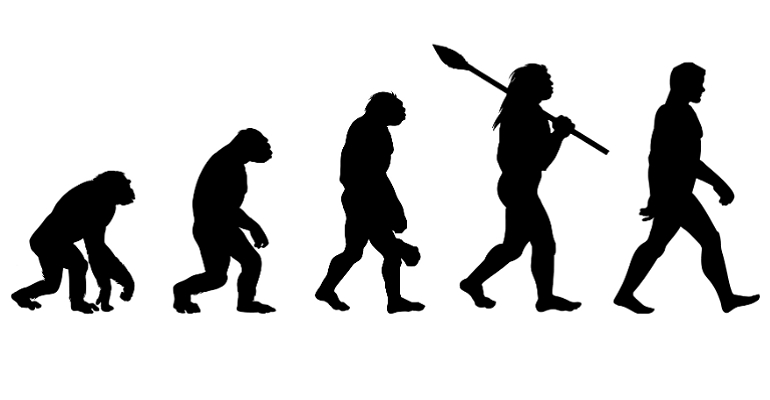In this new age of MMA, many Kung Fu styles are often discarded as inefficient, too flowery, and irrelevant in modern combat. Wing Chun is one such style that is sometimes regarded to be all these things.
This is not just a fad. Wing Chun’s inability to prove itself in the combat arenas of MMA is mostly to blame. Boxing, Muay Thai, Wrestling, Judo, BJJ and Karate have all proven themselves to varying degrees.
Wing Chun still lacks that elusive Wing Chun man or woman that can convince the MMA world that it is an effective style.
Where is Wing Chun’s Ronda Rousey or Royce Gracie? These warriors proved the efficiency of their arts – even under different sets of rules. Ronda Rousey has been able to effectively apply her Judo in an MMA scenario, where no Gi is used.
Yet, in the Wing Chun world, we constantly hear that Wing Chun cannot be used in a sports arena. Too many restrictions, too many rules. But is this really the reason? Like many traditional Kung Fu styles, practitioners spend a whole lot of time doing things that are not directly connected to fighting or sparring. Forms, wooden dummies, knife training …are these methods outdated and unsuitable for producing top-notch fighters?
Possibly. Let’s have a look:
5 – Training Methods
Boxers and Judokas spend all of their time training exactly how they fight. The jab, cross, hook combination thrown at a heavy bag is executed almost exactly the same on a live opponent. More importantly, Boxers move from Pads and Heavy bags and onto live opponents almost immediately.
Same in Judo. Most of the time is spent on drilling movements and throws that are executed exactly as in combat. Uchi Mata against a training partner is executed the same way as in competition.
Wing Chun fighters spend an awful amount of time training skills that, though related, are not immediately and directly applicable to empty hand combat.
Chi Sao, we hear, develops sensitivity for real combat situations. But in full contact situations, most Wing Chun practitioners are unable to stick, trap or control. So these skills break down almost immediately – and years of Chi Sao training come to nothing. Like Judo and Boxing, WC fighters must spend most of their time training against live partners and drilling those techniques that have a proven track- record of working.
4 – Super Powers
It seems that Wing Chun is still living off the reputation of old Masters.
There are many stories of such Masters fighting in over 300 contests or such, undefeated. But for the most part, we only have the word of their students to go by.
Even if they fought so many challenge fights, what quality of opposition were they facing? WC can no longer survive on these tall tales. We must prove our worth in modern times and in modern arenas.
3 – Internal vs External
If we want Chinese martial arts to develop, we must reject such divisions.
Although meaningful at some level, they don’t really say anything about the effectiveness of the Art in combat. Martial Arts should be judged on effectiveness in combat, and not the methods of practice.
External and Internal alike, all must follow and express human body mechanics. Many Arts that are considered “External” actually contain “Internal” concepts in their training. Boxing for instance teaches one to hit through the target, which is another way of saying “use intent”.
The “Internal” vs “External” debate has become dogmatic and of no practical use. When talking about their Art, Internal practitioners insist that they use “soft power” and “use their opponent’s force against them”.
In fact, all effective Martial Arts use these principles, so the division is meaningless.
2 -That is not Wing Chun
Wing Chun practitioners are obsessed with looking like WC fighters. People often get accused of not using Wing Chun but instead using Boxing or Kick Boxing.
As Zhao Daoxin famously said “The differences between styles are more in ritual gestures than in the way of fighting. But those gestures are useful only for demonstration or meeting; in fight they are useless and stupid.” In fighting, Body Mechanics take over styles. Since all humans share similar bodies, all accomplished fighters should look more or less the same.

1 – Shrouded in Mystery
Kung Fu styles and their training methods are often shrouded in Mystery. Talk of chi, intent, internal power and meditation give the impression of complexness and mystery and slow down progress unnecessarily.
Constant talk of Yin Yang and “5 Elements Theory” is also largely unnecessary, and few people can explain even one necessary link between fighting and these theories. The relationship between doing “Forms” or “ Chi Sao” and real combat is often unclear and when attempts to apply these ideas in combat fail, the student is often told to train harder and keep practicing his/her forms. Hardly a recipe for success.Ω
JAVIER GARCIA


